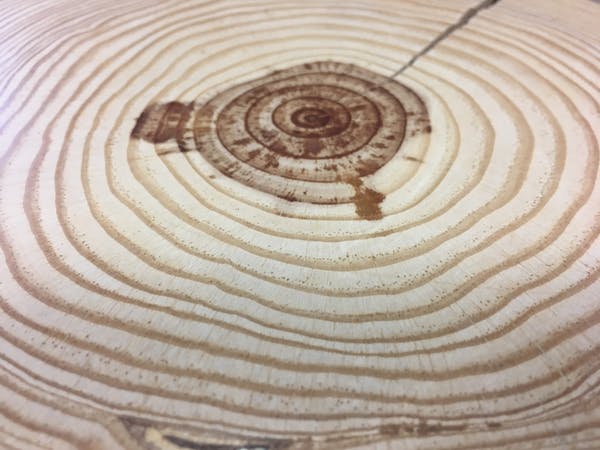Why having the right combination of tree ‘personalities’ could make forests more resilient
Understanding what tree species work well together – and crucially why – can help guide how reforestation is implemented in the decades to come.
E
very tree in a forest has a neighbour. In many forest neighbourhoods, the same species are often found living together, especially when the growing conditions are similar. Sometimes these neighbours are close and sometimes far apart, but collectively they form part of a community, with some species naturally being more dominant than others, especially in terms of biomass production. But what happens when the going gets tough? A drought is coming and there’ll be winners and losers.
Droughts can be a big challenge for many trees, and one that is only going to get worse as the world shifts to a hotter, drier climate. Different species have different strategies for dealing with this kind of stress, but how they deal with losing water is particularly important.
Trees have tiny pores in their leaves that they can open and close called stomata. Trees lose water through their stomata in a process called transpiration, and absorb carbon dioxide for use in photosynthesis – how plants make their food. Some trees are more conservative, closing their stomata early on in a drought to prevent water loss, but this also limits how much carbon dioxide they can take in and so how much energy they can generate.
Some trees use a riskier strategy and leave these pores open for longer to continue absorbing carbon dioxide, but this also increases the risk of a process called cavitation, which stops them being able to transport water. Clearly, each strategy has its advantages and disadvantages, and all trees sit somewhere between really conservative and really risky.

Diversity like this in trees is fortunate, because if every species relied on the exact same strategy it would be a bit like putting all of their eggs in one basket. Having only a single strategy to deal with all that life can throw at them would leave forests pretty vulnerable. A diverse range of strategies for coping with stress is what gives forests some of their essential stability and resilience.
Which species has the best strategy to survive will depend in part on how long a stressful event lasts, how intense it is, how frequently it occurs – and what its neighbours are doing. How all of these different strategies work in a stressful environment like a drought will determine how the whole forest fares. A bit like personalities in humans, sometimes they work well together and everyone benefits, but sometimes they clash.
Read more: The scandal of calling plantations ‘forest restoration’ is putting climate targets at risk
Recent research has started to tease apart who wins and who loses when certain species are planted together, and how this changes under stressful conditions. Somewhat amazingly, much of this information can be extracted from tree rings, which contain a physical record of how well each individual tree grew when something like a drought came along.
Tree rings allow scientists to see how different trees respond to the same stressful event – and how the identity of the species in their immediate neighbourhood influences this response. Crucially, this research is also shedding light on some of the complicated reasons why species respond so differently depending on who they grow next to.

Each pale and dark ring together denote a year’s growth. The wider the ring, the more growth occurred during that year.
Love thy neighbour
Why some trees do better next to certain neighbours and not others is extremely complicated and not yet fully understood. But at a basic level, we can imagine that each tree species has a whole range of traits, characteristics and functions that make up its personality.
How a tree responds to stress might have something to do with the level of direct competition between its neighbours. For example, some trees have deep roots and some trees have shallow roots – two trees with shallow roots will directly compete for water, but a deep rooted species can access water lower down in the soil and avoid some of this competition. This is called “niche differentiation” – by using the environment differently, two different species can occupy the same place.
Being able to predict which tree species will make good and bad neighbours is really important. For instance, placing two trees together that are more risky when it comes to deciding when to close their stomata could mean they use up the limited water quicker than a conservative and a risky tree growing together.
Read more: Reforesting an area the size of the US needed to help avert climate breakdown, say researchers – are they right?
Reforesting large parts of the Earth has been suggested as a method for slowing climate change. Technologies are being developed to suck carbon from the air and store it too, but trees have benefited from a 350m year research and development programme that makes them perfect for the task.
Understanding what tree species work well together – and crucially why – can help guide how reforestation is implemented in the decades to come. With a greater variety of tree “personalities”, forests are likely to be more resilient to droughts, pests and diseases than those made up of a single species. Diversity comes in many forms – making sure the forests planted today are resilient in the future will partly depend on choosing tree neighbours wisely.
The ideas presented in this article aim to inspire adaptation action – they are the views of the author and do not necessarily reflect those of the Global Center on Adaptation.